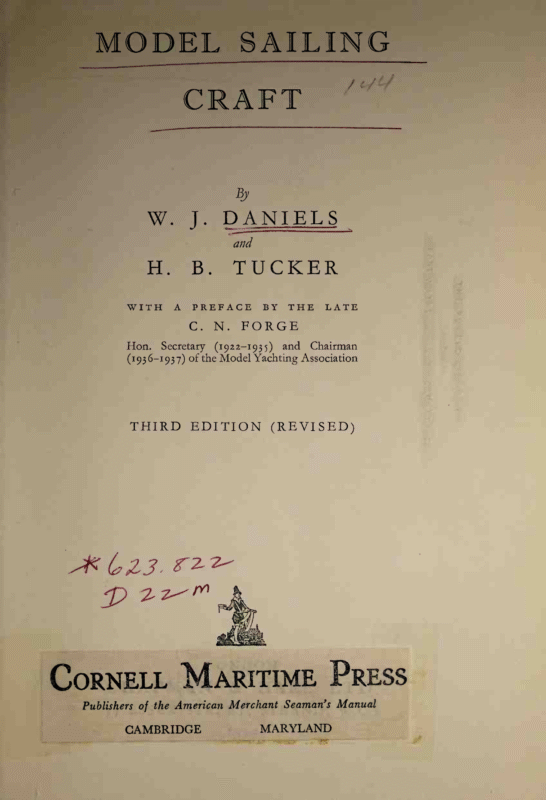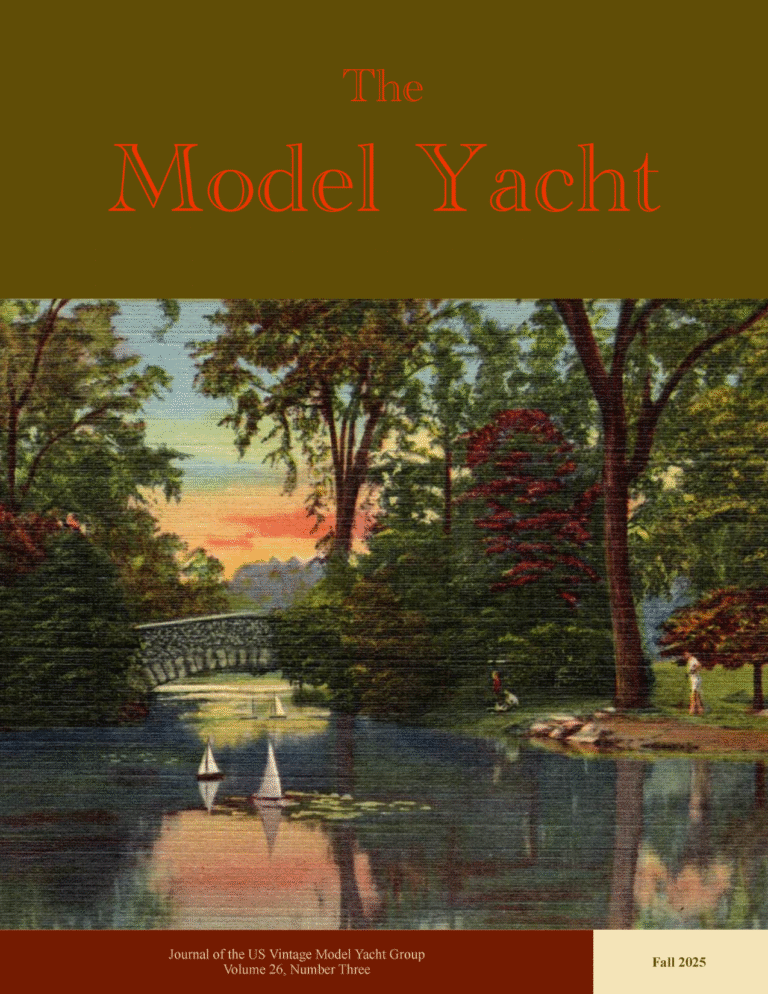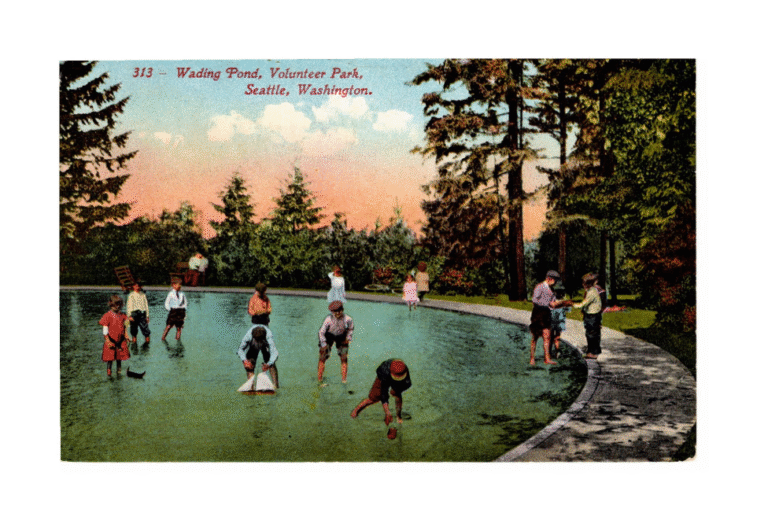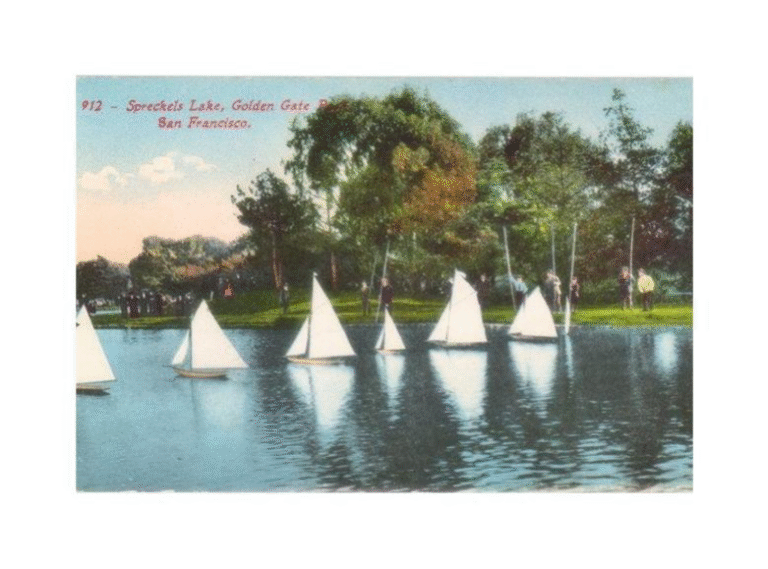The design of a model yacht is in all respects analogous to that of a real yacht. It is a scientific business requiring study and calculation, and therefore this branch of the pastime has a high educational value.
The building of models again calls for a high degree of accuracy and craftsmanship. It 1s futile to design a boat carefully and not to build her true to design. Patience and accuracy are, therefore, essential.
Chapter I: Yacht Racing and Model Yacht Racing. Why Rating Rules Are Necessary — The 10 -Rater Rule — The 6-meters I.Y.R.U. Class
Chapter II: A Short History of Model Yachting as an Organised Sport, and Its Influence on Rating Rules — International Racing — The A-Class — The M-Class (Marblehead) — The 36-inch Restricted Class
Chapter III: Shipwrights, Ancient and Modern. Explanation of the Lines Used to Delineate a Yacht — Designing to a Rating Rule
Chapter IV: General Considerations in Designing. Drawing Requisites — Midship Sections — Calculation of Sectional Areas (Simpson’s and Trapezoidal Rules) — Coefficients of Fineness — Raked Midsections — First Steps in Drawing a Set of Lines
Chapter V: Completion of the Canoe Body. Curves of Areas — The Colin Archer Theory — Calculation of Displacement and Centre of Buoyancy — Speed Factors — Tumble-home — Deck Camber
Chapter VI: The Keel Appendage. Lateral Planes and the C.L.R. — Forms of Keel Appendage — Drawing the Keel and Rudder — Comparison of Fore-and-Aft Position of Centre of Buoyancy When Vessel Is Upright and Heeled — Calculation of Lead Keels
Chapter VII: Fore-and-Aft Trim. Calculation of Centre of Gravity — Vertical Curve of Areas — Height and Transverse Position of Centre of Buoyancy — The Metacentre — Stability Calculations — The “Metacentric Shelf” System of Balance
Chapter VIII: Designing the Sail-Plan. General Considerations — Selection of Rig — Proportions of Headsail to Aftersail and Height to Breadth — Calculation of C.E. and Position of Rig over Hull —
Chapter IX: Reduction of Effective Sail Area by Heeling — Stability Calculations — Wetted Surface Calculation — Building to Different Scales — Ratios for Use in Comparisons — Comparisons of Speed
Chapter X: Preliminary Remarks on Building — Glues for Model Building and Methods of Using Them — Nails, Screws, and Fastenings
Chapter XI: Punts, Barges, and Sharpies — Building a 10-Rater Sharpie
Chapter XII: How to Lay Off a Bread-and-Butter Hull — Method of Building — Removable Keels
Chapter XIII: The Construction of Planked Yachts — Various Systems Explained — Making the Moulds and Setting Up — Planking Up — Multi-Skinned Hulls
Chapter XIV: Lead Keels — Making Plaster Moulds for Casting — Sand Moulds — Casting a Keel — Finishing — Drilling Lead — Tables of Weights — Fixing a Lead Keel
Chapter XV: Rudders and Fittings — Deck-Beams — Decks — Covering Boards — Hatches
Chapter XVI: Painting and Varnishing. — Lining a Deck
Chapter XVII: How to Fit the Braine Steering Gear — Vane Steering Gear
Chapter XVIII: Spar Making — Hollow Masts — Calibrating a Boom — Spar Fittings — Spreaders, Jennys, Goosenecks, Jib Ferrules, Spinnaker Fittings — Deck Fittings: Mast Slides, Chainplates, Jib Racks, Horses, Gunwale Eyes, Spinnaker Sheet Hooks, Bowsprit Fittings — Soldering and Silver Soldering
Chapter XIX: Rigging, Standing and Running — Standing Rigging — Running Rigging — Rigging a Spinnaker — Kicking Straps — Beating Guys and Liverpool Boys — Making Rigging Hooks
Chapter XX: Sails —Value of Good Sails — Effect of Flow in Sails — Cutting and Making Sails — Bending Sails — Stretching Sails — The Care of Sails
Chapter XXI: Getting Ready to Sail — The Different Points of Sailing — Theoretical Angles for Trimming the Sails — Beating to Windward — The Beating Guy – Its Theory and Use — The Rudder Guy and Its Use — The Liverpool Boy and Its Use — Reaching — Jib Steering on a Close Reach — Running and the Use of the Braine Gear — Retrimming — Mast Position and Tuning-Up Using Vane Gear
Chapter XXII: Sailing with Vane Steering — Using the Combined Braine-Vane Gear — Possibilities of Radio Control — General Notes on Handling
Chapter XXIII: Fore-and-Aft Rigs and Their Salient Characteristics — Square Rigs
Chapter XXIV: Advice to the Novice — Selection of a Class to Build — Formation of a New Club — Summary of Racing Rules — Race Organisation
Postscriptum
Notes on the Designs Included in This Book
Glossary of Nautical Terms
Index





